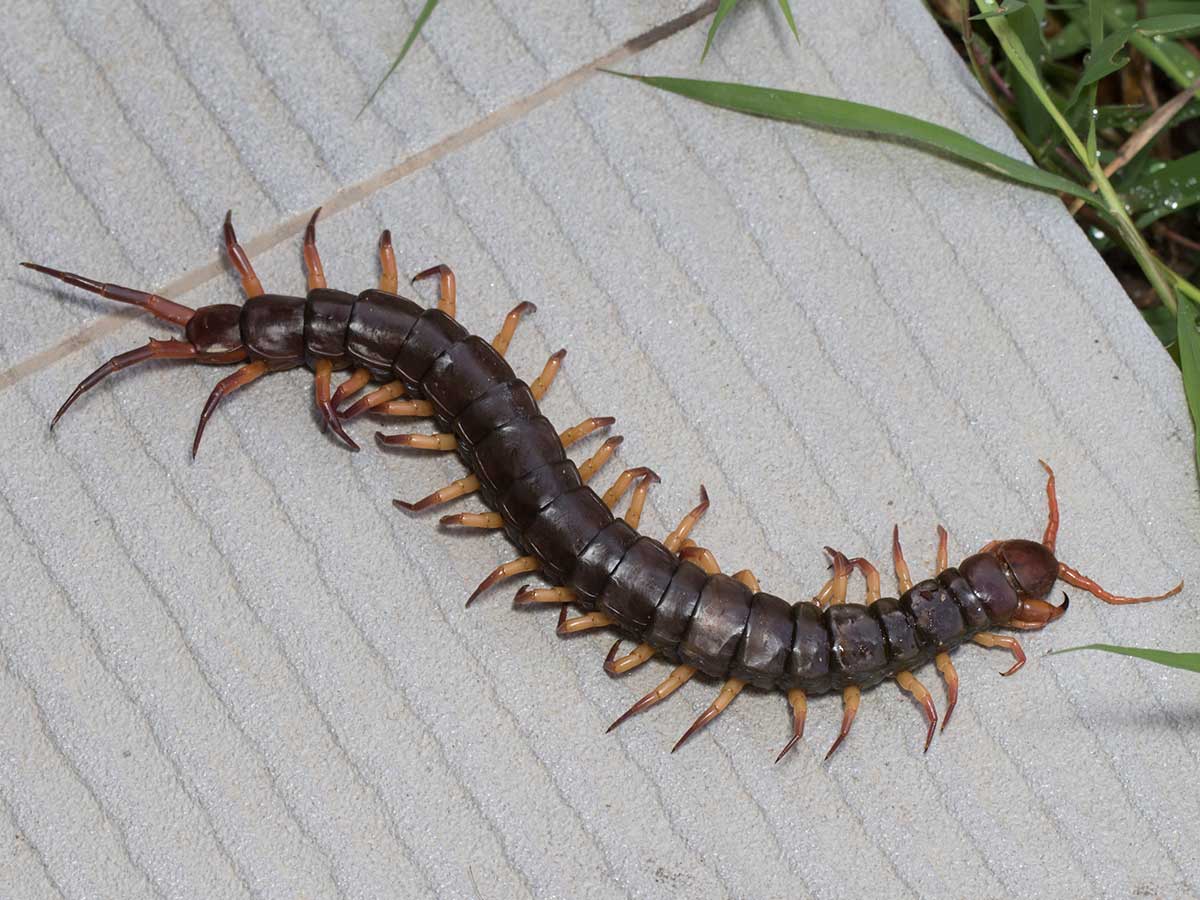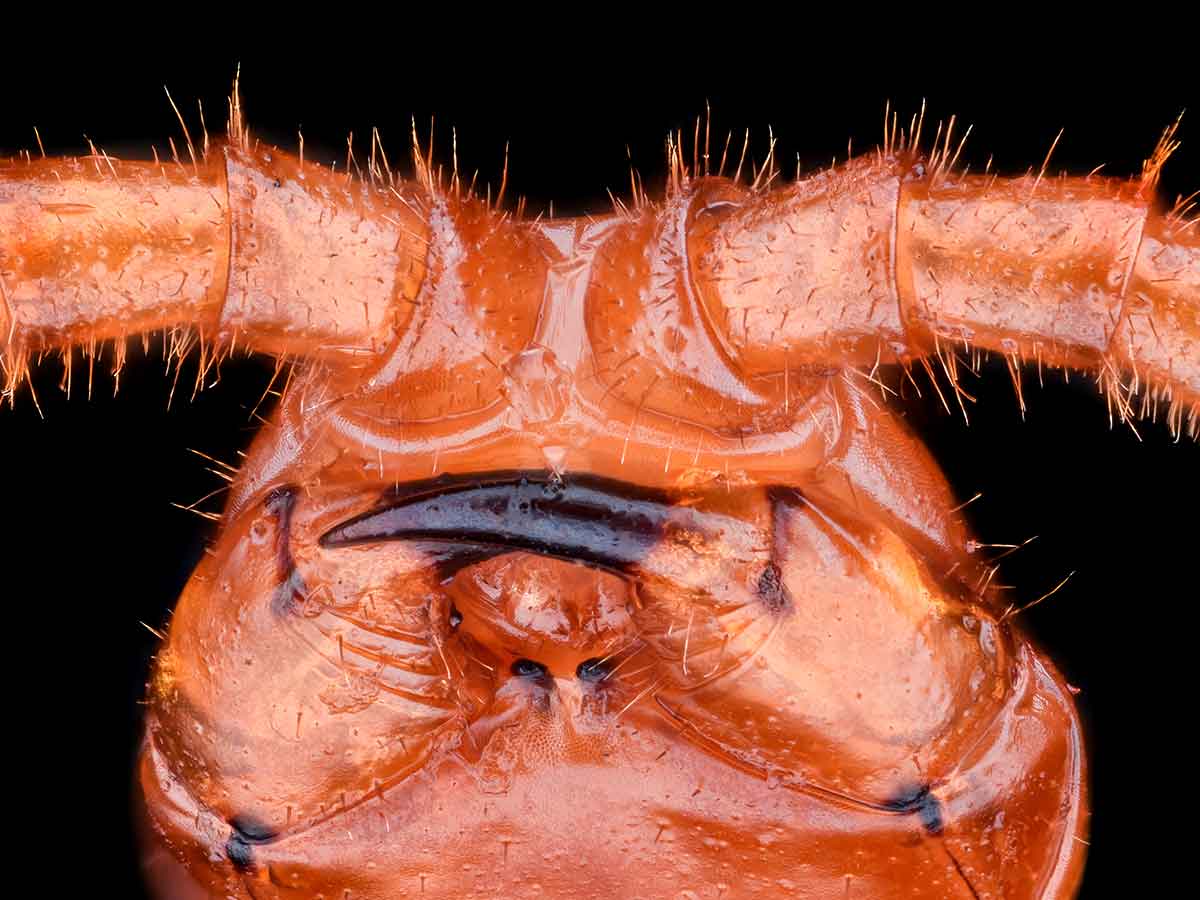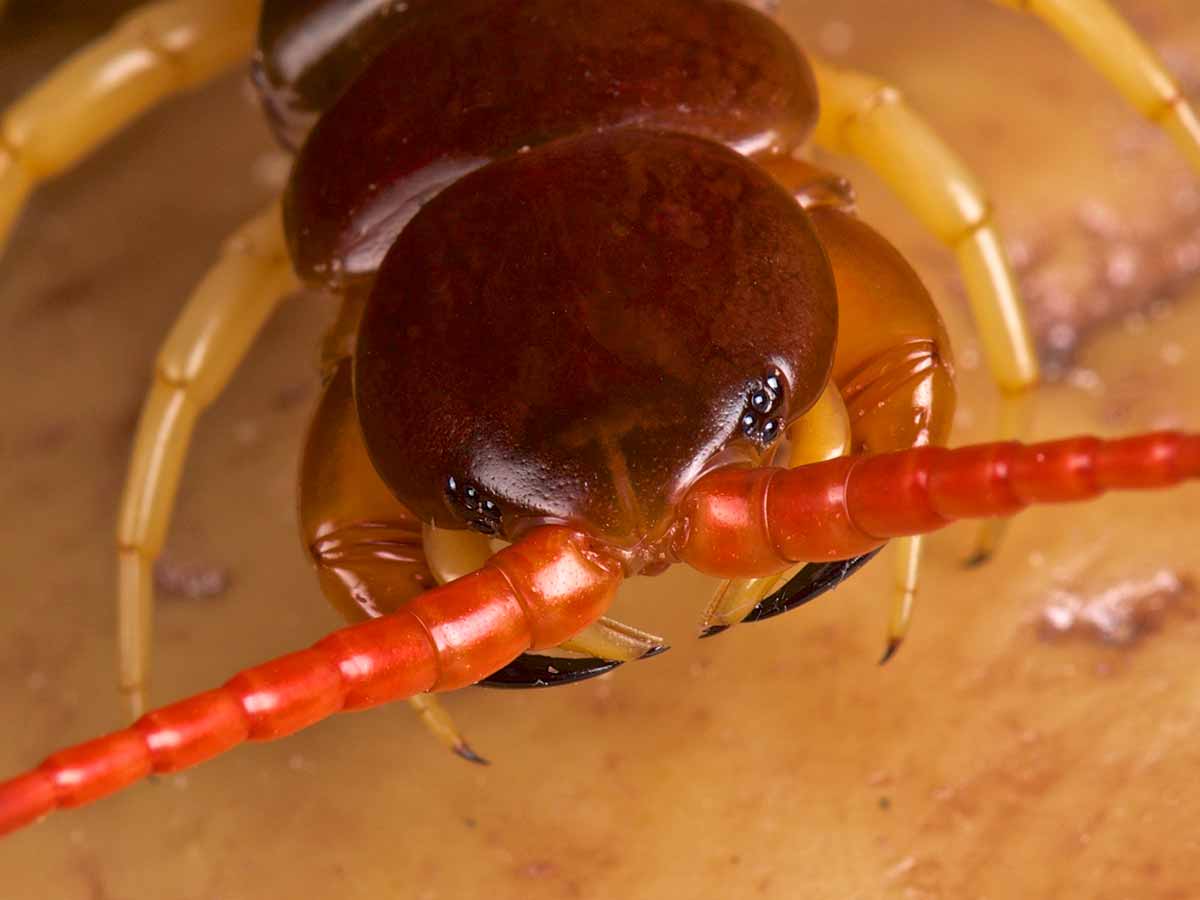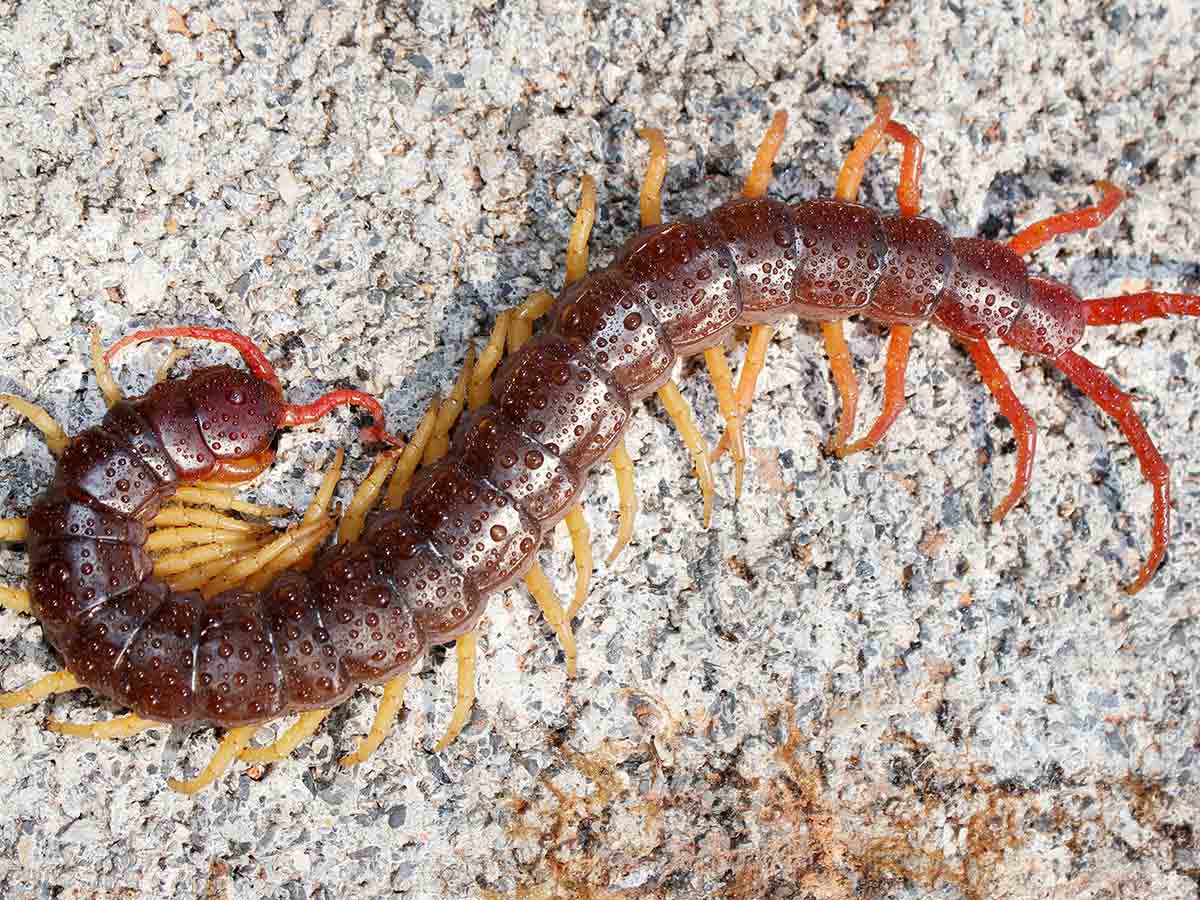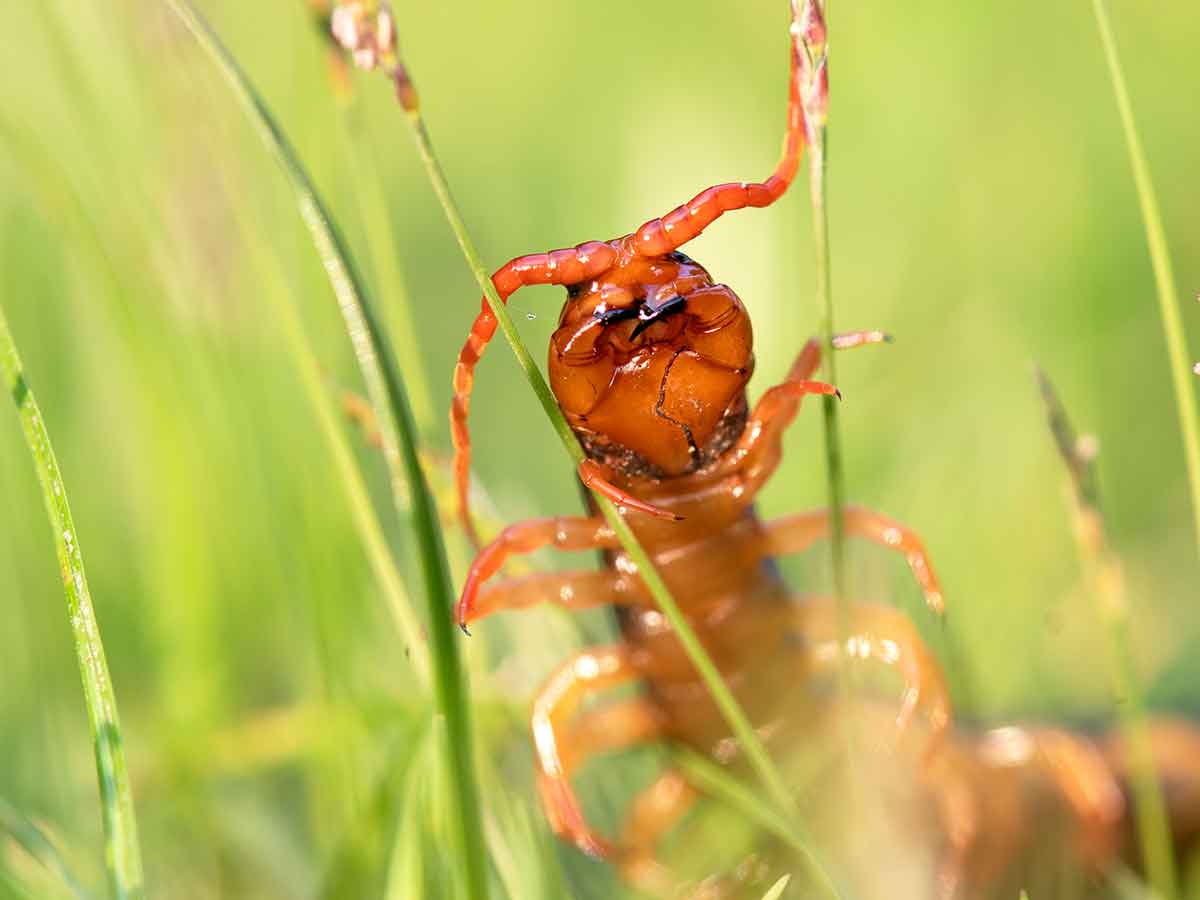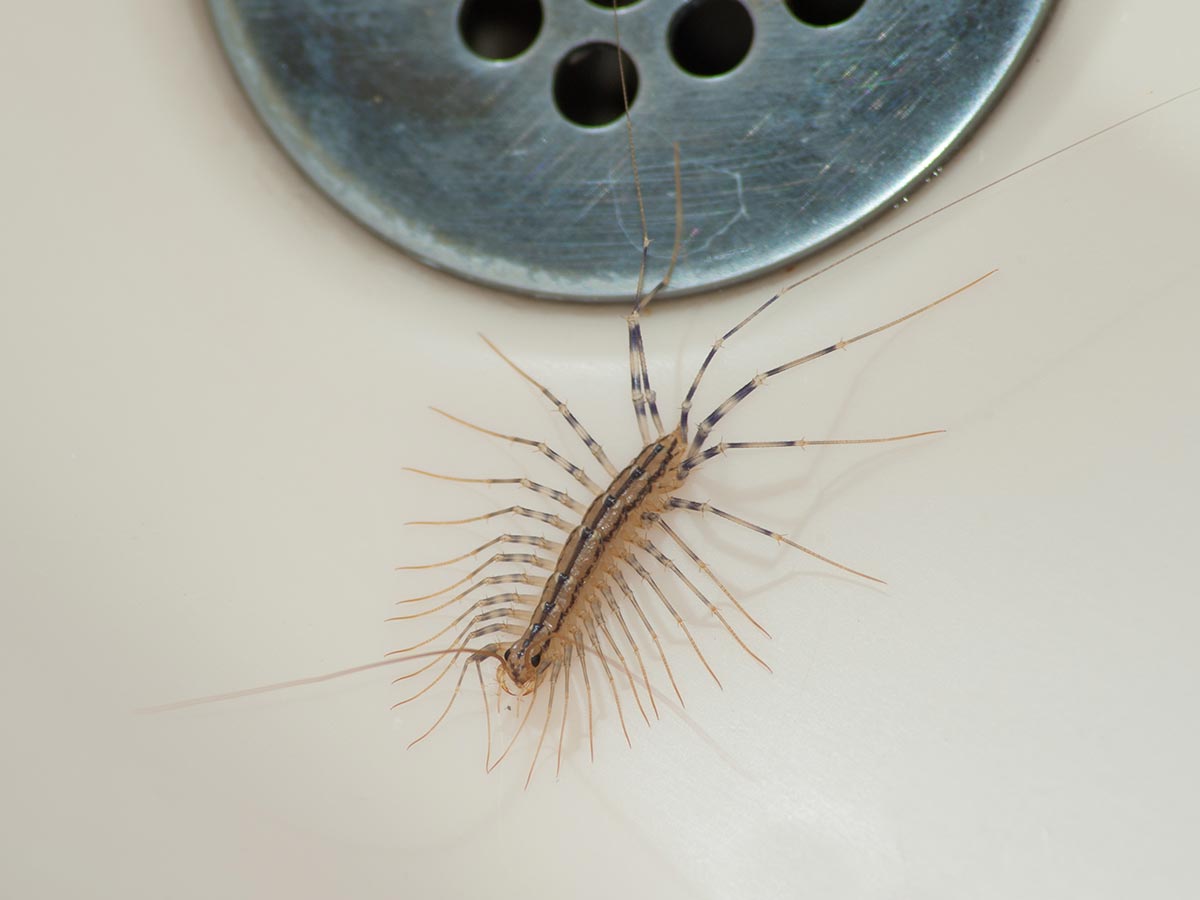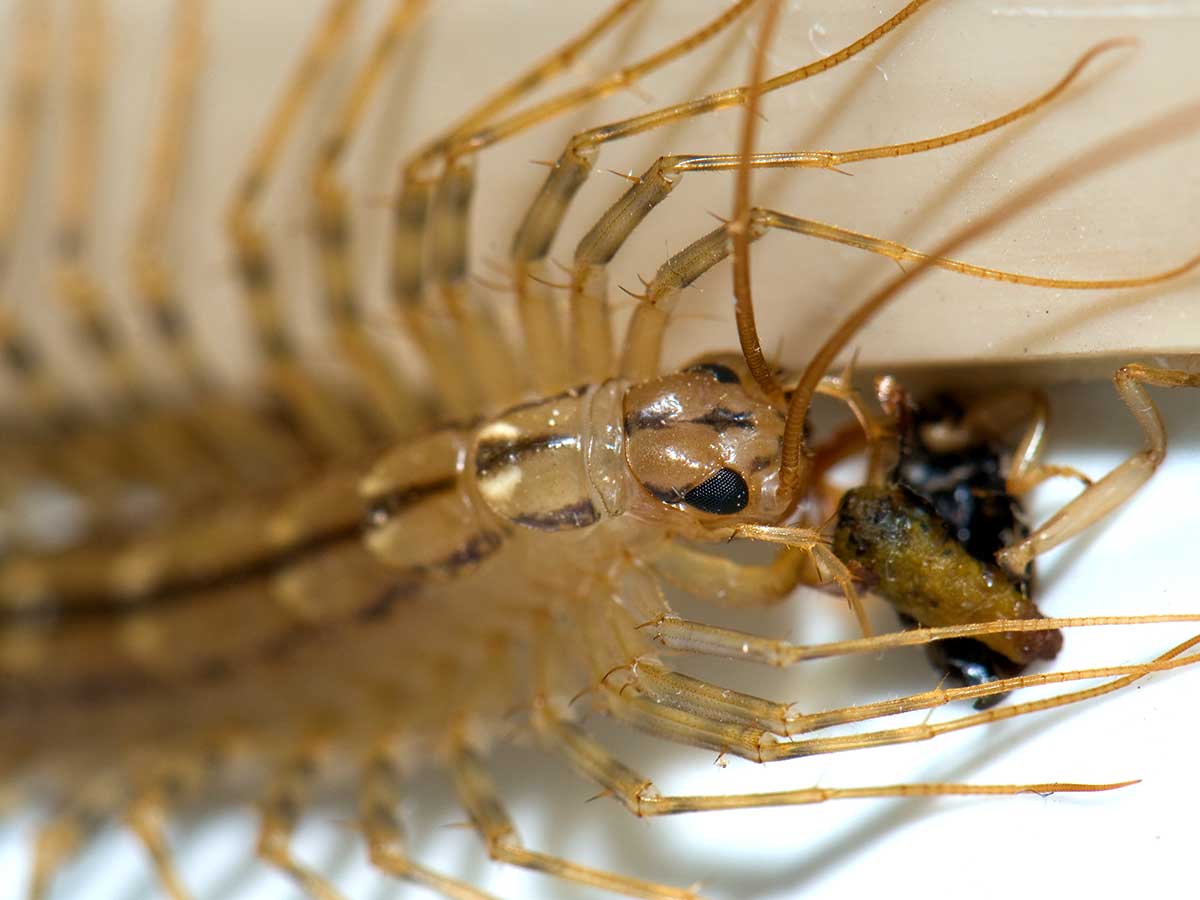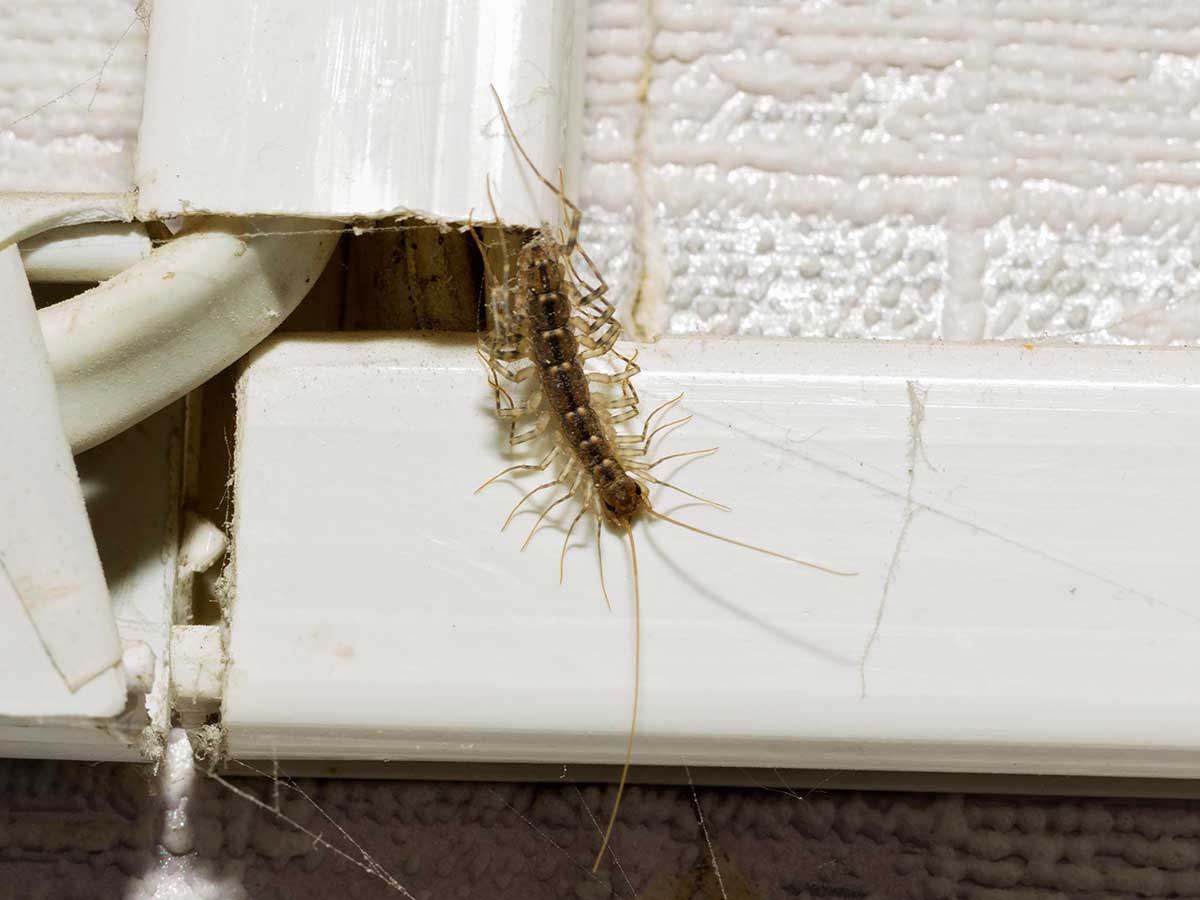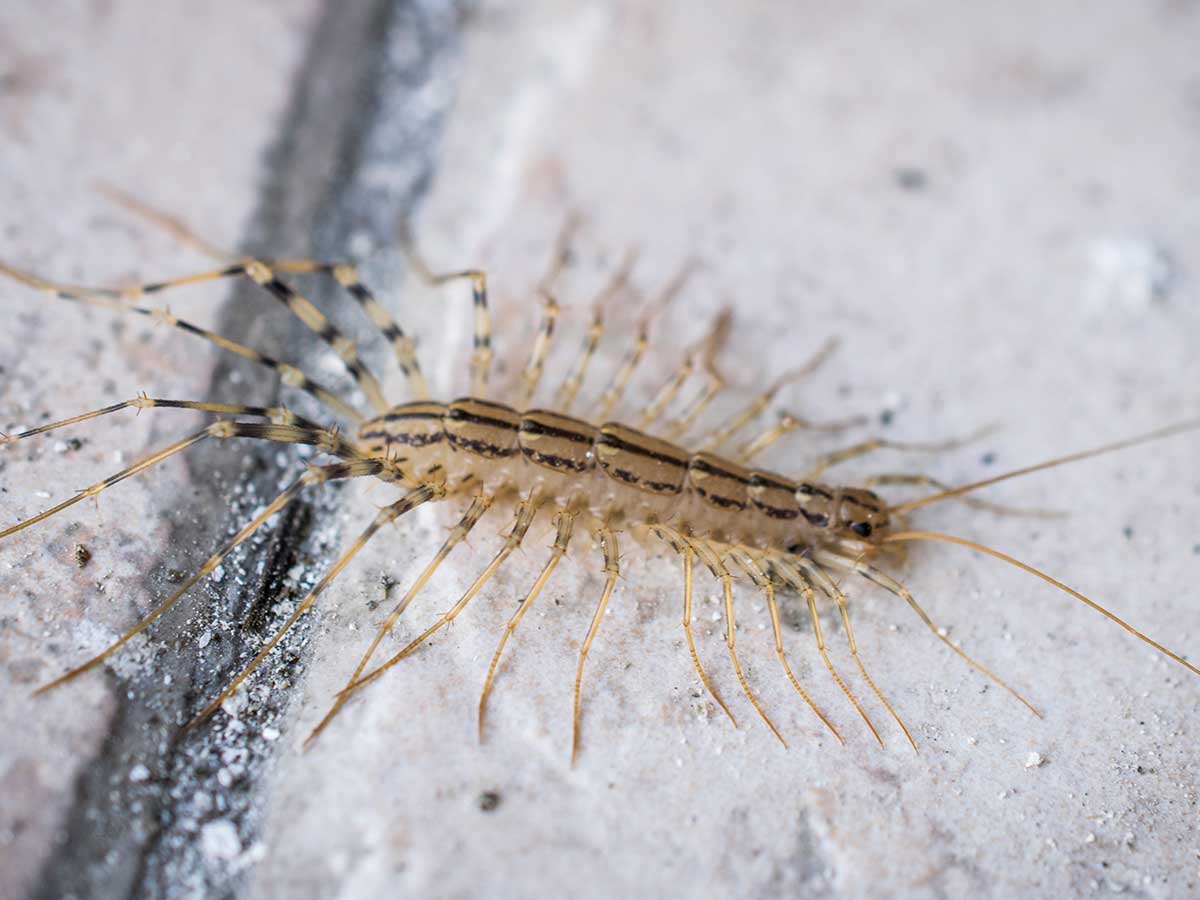There are many different types of centipedes in Texas, but there are two common types that everyone should be familiar with: the Texas redheaded centipede, (also known as the Texas giant centipede and the Texas red centipede) and the Texas house centipede. Technically speaking, there are poisonous centipedes in Texas, but the venom both types of common centipede produce is irritating rather than deadly to humans. This article will be discussing more in-depth information about these two types of Texan centipedes.
Characteristics of The Texas Redhead Centipede
It is important to note the terms Texas redheaded centipede, Texas giant centipede, and Texas red centipede can be used interchangeably, as the terms refer to the same species of centipede. There are a few characteristics of the Texas red centipede that are worth knowing so you can identify the species should one wander into your house.
Are centipedes in your home or business?
Our pest control experts will make sure your home or business is clear of centipedes.
Texas Redheaded Centipedes are Venomous
Texas redheaded centipedes are venomous, but not deadly. There are no recorded deaths attributed to the sting of the Texas redheaded centipede. While you won’t die if stung by one of these creatures, the sting does hurt for an hour or so and is comparable to a bee sting.
Texas Redheaded Centipedes are Confrontational and Will Enter Homes
The Texas giant centipede has a reputation for being confrontational and are known to enter houses quite frequently. You can prevent centipedes from entering your house by keeping compost piles, firewood, rock piles, or fallen logs away from your home.
Are centipedes in your home or business?
Our pest control experts will make sure your home or business is clear of centipedes.
Habitats and Reproduction of House Centipedes
Texas house centipedes lay their eggs in the Spring with the average centipede laying around 63 eggs and a maximum of around 151 eggs. They have as few as four pairs of legs when they hatch and with each molting, they gain a new pair. Texas house centipedes live for 3 to 7 years, depending on the environment.
Texas house centipedes prefer to live in cool, damp places. Most live outside, primarily under large rocks, piles of wood and especially in compost piles. Within the home, these centipedes are found in almost any part of the house, though they are most commonly encountered in basements, bathrooms and anywhere there is a lot of water. They can also be found in dry places like offices, bedrooms and dining rooms. You are most likely to encounter them during Spring, when the weather gets warmer, and in Autumn when the cooling weather forces them to find shelter in human habitats.
Texas House Centipedes and Humans
Unlike its shorter-legged but much larger tropical cousins, the house centipede can live its entire life inside a building. House centipedes are considered among the most beneficial creatures that inhabit human dwellings because they eat other pests. However, due to their alarming appearance and painful bite, few homeowners are willing to share a home with them.
The house centipede can bite a human, but this only occurs when the centipede feels threatened. When a house centipede does bite a human, it is no worse than a minor bee sting. The worst one can usually expect from a house centipedes bite is some pain and a slight swelling at the location of the bite. The symptoms generally disappear within a few hours. However, the bite can cause health problems for those few who are allergic to the extremely mild venom of the bite, which is like that of most centipedes. The house centipedes’ venom is too weak to cause any serious harm to larger pets such as cats and dogs.
There are many different types of centipedes in Texas, but there are only two main ones. The Texas redheaded centipede has more than one name and is much more of a pest to humans than the typical Texas house centipede.
Are centipedes in your home or business?
Our pest control experts will make sure your home or business is clear of centipedes.

